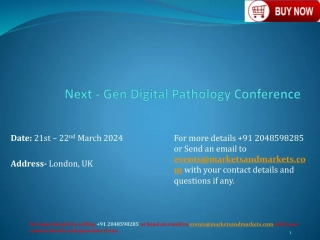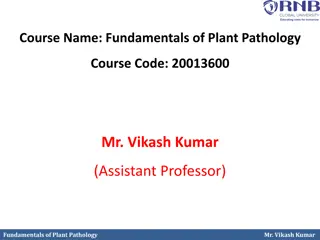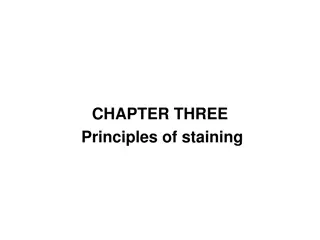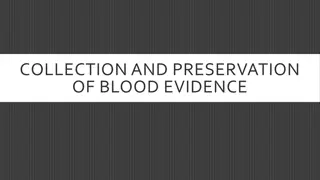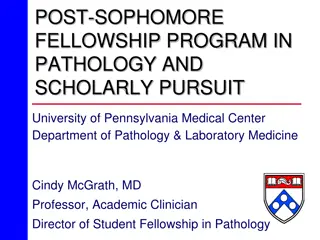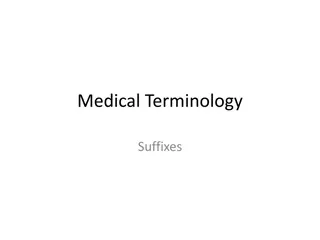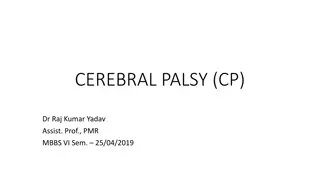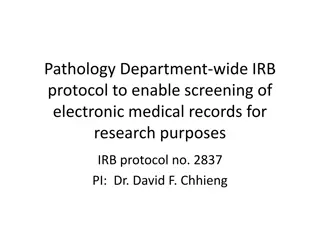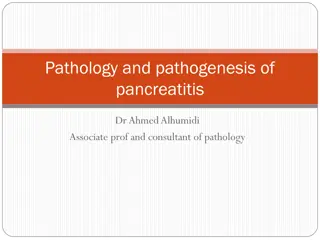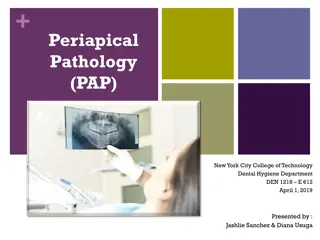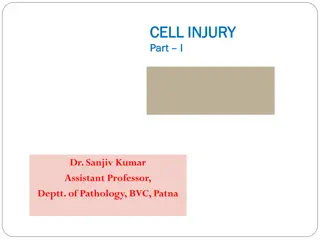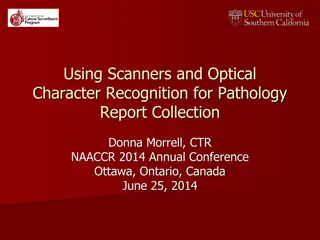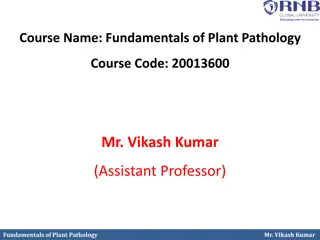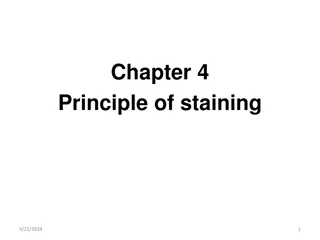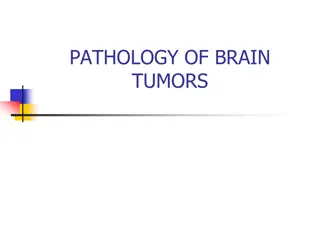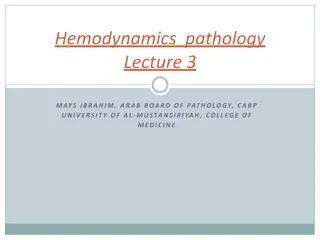Understanding Special Stains in Pathology
Special stains in pathology provide crucial diagnostic information beyond routine stains like H&E. They help highlight specific tissue components like carbohydrates, amyloid, nucleic acids, lipids, microorganisms, connective tissues, pigments, and minerals. This article delves into the classification of special stains and focuses on carbohydrates, explaining the types of carbohydrates and techniques for carbohydrate staining. The Periodic acid Schiff (PAS) technique, Alcian blue method, Mucicarmine technique, and other staining methods are discussed in detail, along with the components stained and their possible uses in pathology. Various examples of tissues and structures stained with carbohydrates are also provided.
Download Presentation

Please find below an Image/Link to download the presentation.
The content on the website is provided AS IS for your information and personal use only. It may not be sold, licensed, or shared on other websites without obtaining consent from the author. Download presentation by click this link. If you encounter any issues during the download, it is possible that the publisher has removed the file from their server.
E N D
Presentation Transcript
SPECIAL STAINS DR HUZLINDA HUSSIN DEPT OF PATHOLOGY 13 MARCH 2018
H&E stain is routine stain. - It is the preliminary or the first stain applied to the tissue sections - Gives diagnostic information in most cases. A special stain is a staining technique to highlight various individual tissue component once we have preliminary information from the H&E stain
CLASSIFICATION: 1. Stains forcarbohydrates 2. Stains for amyloid 3. Nucleic acidstains 4. Lipid stains 5. Stains formicroorganisms 6. Connective tissuestains 7. Stains for pigments andminerals
CARBOHYDRATES SIMPLE CARBOHYDRATES (molecules composed purely of carbohydrates) GLYCOCONJUGATES (molecules composed of carbohydrates and other molecules suchas protein and lipid) Monosaccharides (glucose,mannose,galactose) Proteoglycans Oligosaccharides (sucrose,maltose) Mucins Others glycoproteins Polysaccharides (glycogen,starch)
1. STAINS FOR CARBOHYDRATE Periodic acid schiff(PAS) technique 1. Alcian blue method 2. Combined alcian blue- PAS techhnique 3. Mucicarmine technique 4. Colloidal iron technique 5. Metachromatic staining Iodine staining for glycogen 6. 7. Enzymatic digestion technique Diastase digestion, Sialidase digestion, Hyaluronidase digestion 8.
CARBOHYDRATE STAINING Components stained Possible uses & comments 1. Periodic acid Schiff (PAS) Glycogen Starch Mucin (neutral mucin; GI tract, prostate and acid-simple non-sulfated and acid- complex sulfated mucins) Basement Membrane Alpha Anti Trypsin Reticulin Fungi(capsules) Pancreatic Zymogen Granules Thyroid Colloid Corpora Amylacea Russell Bodies Glycogen storage disorder. Basement membrane in glomerular disease Staining macrophages in Whipple's disease Mucins in adenocarcinoma of large intestine Demonstration of fungi Classification of tumours with glycogen(e.g.Seminoma, rhabdomyosarcoma,ewing s/ PNET, renal cell carcinoma). Spironolactone bodies. tissue can be pre-digested with diastase to remove glycogen (PAS-diastase). Some mucins are PASD (PAS with predigestion with diastase) positive (i.e. stain is present after diastase predigestion; also called diastase resistant); glycogen is PASD negative (also called diastase sensitive because diastase removes PAS staining) **stains MAGENTA/ RED Nuclei: BLUE
Candida in lung, PAS stain. Glycogen in Ewing's sarcoma, PAS stain This is nodular glomerulosclerosis involving a glomerulus in the kidney, as seen with the PAS stain.
Note PAS +ve cytoplasmic granules partly resistant to diastase
CARBOHYDRATE STAINING Components stained Possible uses & comments The pH of this stain can be adjusted to give more specificity. 2. Alcian blue Acid mucins BLUE Acid-simple non-sulfated: Contain sialic acid Found in epithelium (gallbladder [benign, adenocarcinoma], intestinal metaplasia in stomach) Positive for PAS, Alcian blue at pH 2.5, colloidal iron, and metachromatic dyes They resist hyaluronidase digestion Acid-simple mesenchymal: Contain hyaluronic acid and digest with hyaluronic acid Found in tissue stroma and sarcomas Positive for Alcian blue at pH 2.5, colloidal iron, and metachromatic dyes Negative for PAS Acid-complex sulfated: Found in adenocarcinomas Usually positive for PAS, Alcian blue at pH 1, colloidal iron, mucicarmine, and metachromatic stains They resist hyaluronidase digestion Acid-complex connective tissue: Found in tissue stroma, cartilage, and bone Includes chondroitin sulfate, keratan sulfate Positive for Alcian blue at pH 0.5 Negative for PAS Nuclei- RED Cytoplasm- PINK This is a combined method utilising the properties of both the PAS and Alcian blue methods to demonstrate the full complement of tissue proteoglycans. demonstrates both acidic- neutral- and mixtures of acidic and neutral mucins. 3. Alcian blue/ PAS The rationale of the technique is that by: First staining all the acidic mucins with Alcian blue, those remaining acidic mucins which are also PAS positive will be chemically blocked and will not react further during the technique. Those neutral mucins which are solely PAS positive will subsequently be demonstrated in a contrasting manner. Where mixtures occur, the resultant colour will depend upon the dominant moiety. Results acidic mucins ............................... blue neutral mucins ............................. magenta mixtures of above ......................... blue/purple nuclei ....................................... deep blue
Alcian blue/ PAS stain Acid mucins - blue. Neutral mucins - magenta. Mixtures - purple. Nuclei - grey/blue. The goblet cells of the gastrointestinal tract are filled with abundant acid mucin and stain pale blue with this Alcian blue stain.
CARBOHYDRATE STAINING Components stained Possible uses & comments Mucicarmine is the most specific stain for mucin (very specific for epithelial mucin), but it is very insensitive. Useful for identification of adenocarcinoma ( especially of GIT). Capsule of fungus cryptococcus neoformans is also detected 4. Mucicarmine Mucin/ capsule of cryptococcus deep rose to red Nuclei black Other tissue elements light yellow CRYPTOCOCCUS STAINED BY MUCICARMINE The cytoplasm of the cells lining this neoplastic gland in a colonic adenocarcinoma are pink with the mucicarmine stain, indicative of mucin production typical for an adenocarcinoma at this site
2. STAIN FOR AMYLOID I. Congo red -Also called amyloid stain -Must examine stained tissue with standard and polarized light -Amyloid under polarized light has apple green birefringence, based on the molecule being in an antiparallel beta-pleated sheet. - amyloid-red; nuclei- blue
AMYLOID Extracellular , amorphous , eosinophilic material Composed of protein in an antiparallel - pleated sheet configuration In H&E stain , can be confused with hyaline and fibrinoid substances Earliest special stain used for amyloid was Iodine by Virchow
Amyloid displays apple-green birefringence under polarized light. AMYLOID BY CONGO RED STAIN UNDER LIGHT MICROSCOPE
3. Stains for lipid Oil Red O Sudan black B I. II.
LIPIDS SIMPLELIPIDS COMPOUND LIPIDS DERIVEDLIPIDS - FATS - OILS - WAXES -Derived from simple or compound lipids by hydrolysis -cholesterol -Bile acids - c/o fatty acids, alcohol and one more group such as phosphorus or nitrogen
Simple lipid is best demonstrated with fresh frozen sections Best fixative Formal calcium (2% calcium acetate + 10% formalin)
I. Oil Red O Stain identifies neutral lipids and fatty acids Fresh smears / cryostat sections of tissue are necessary because alcohols used in tissue processing remove lipids Rapid and simple routine stain Uses: Differentiate fibroma from thecoma (not that important a distinction) Diagnose renal cell carcinoma, sebaceous gland tumors of skin, lipid-rich carcinomas Identify fat emboli in lung tissue or clot sections of peripheral blood




